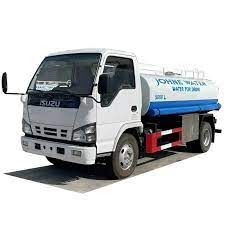Hot Water Flow Meter Supplier: A Comprehensive Guide to Choosing the Right Partner
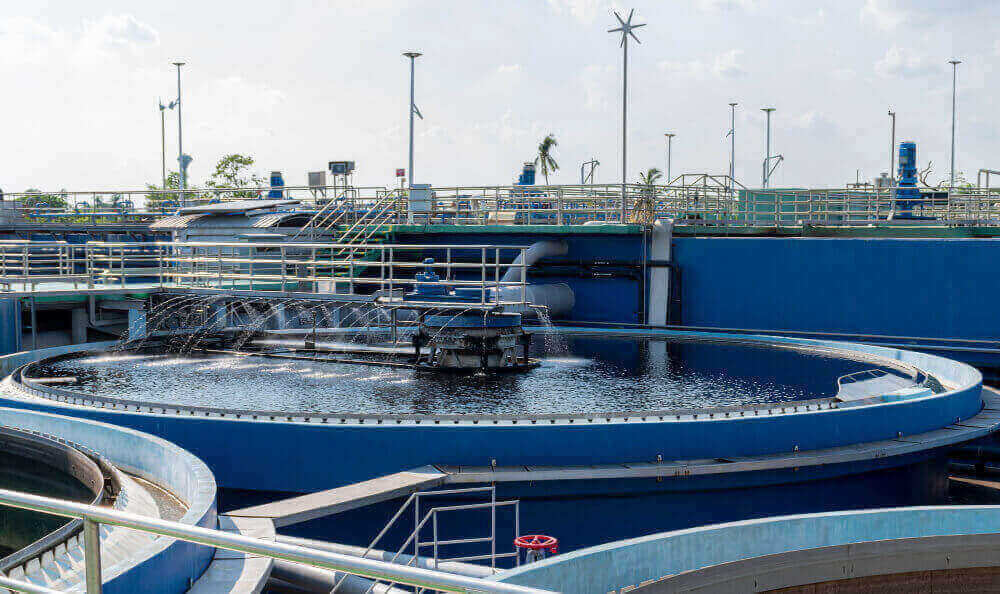
In modern industrial, commercial, and residential settings, accurate Hot Water Flow Mete Supplier 2025 measurement of hot water flow is essential for efficiency, cost management, and system performance. Whether it’s for energy monitoring, heating systems, or water Hot Water Flow Mete Supplier 2025 distribution networks, the right hot water flow meter ensures reliable data, operational control, and reduced wastage. Behind every quality flow meter is a dependable supplier—one that provides not only advanced technology but also expertise, support, and trust.
This article explores the essentials of hot water flow meters, the key considerations when choosing a supplier, types of technologies available, major industry players, and future trends. With this guide, facility managers, procurement professionals, and engineers will gain valuable insights to make informed decisions. Hot Water Flow Mete Supplier 2025This article explores the essentials of hot water flow meters, the key considerations when choosing a supplier, types Hot Water Flow Mete Supplier 2025 of technologies available, major industry players, and future trends. With this guide, facility managers, procurement professionals, Hot Water Flow Mete Supplier 2025 and engineers will gain valuable insights to make informed decisions.
What Is a Hot Water Flow Meter?
A hot water flow meter is a device that measures the Hot Water Flow Mete Supplier 2025 volume, mass, or rate of flow of hot water through a pipe. These meters are widely used in:
- Central heating systems
- HVAC systems
- District energy systems
- Industrial process water loops
- Domestic water heating Hot Water Flow Mete Supplier 2025 applications
Unlike cold water flow meters, these are designed to handle elevated temperatures—often up to 130°C (266°F)—and must be made of heat-resistant materials that prevent degradation over time.
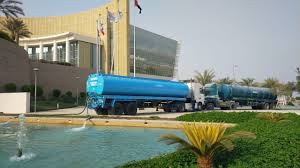
Why Is the Right Supplier Important?
Selecting the right hot water flow meter supplier isn’t just Hot Water Flow Mete Supplier 2025 about the product—it’s about long-term value, service, compliance, and innovation. Here’s why choosing a reputable supplier is critical:
1. Product Accuracy and Reliability
The core function of any flow meter is accuracy. Reputable Hot Water Flow Mete Supplier 2025 suppliers test and calibrate their meters to high standards, ensuring measurement errors are minimized, often within ±0.5% or better.
2. Compliance and Certifications
Quality suppliers comply with international Hot Water Flow Mete Supplier 2025 standards like ISO 9001, MID (Measuring Instruments Directive), and others relevant to utility metering, ensuring that devices are legal and safe for use.
3. Technical Support and Maintenance
Trusted suppliers provide after-sales support, training, Hot Water Flow Mete Supplier 2025 and periodic maintenance. This reduces downtime and ensures long-term reliability.
4. Customization and System Integration
Advanced suppliers offer flow meters that can be tailored for specific needs, such as integration with Building Management Systems (BMS), Modbus, BACnet, or IoT platforms.
5. Availability of Spare Parts and Upgrades
Availability of components and future upgrades is critical. Hot Water Flow Mete Supplier 2025 Dependable suppliers maintain inventories and support backward compatibility for long-term users.
Key Features to Consider in Hot Water Flow Meters
When evaluating a flow meter or supplier, these technical factors play a pivotal role:
a. Temperature and Pressure Ratings
The meter must match your system’s maximum temperature Hot Water Flow Mete Supplier 2025 and pressure. Many meters are designed for up to 150°C and pressures of 16 bar or more.
b. Flow Range and Pipe Size
A supplier should offer meters compatible with various pipe diameters, from 15mm (½”) to 300mm (12”), and support wide flow ranges.
c. Installation Type
Meters may be inline, clamp-on (ultrasonic), or insertion-type. Hot Water Flow Mete Supplier 2025 The supplier should guide you to the best option based on space, pipe material, and accessibility.
d. Output and Connectivity
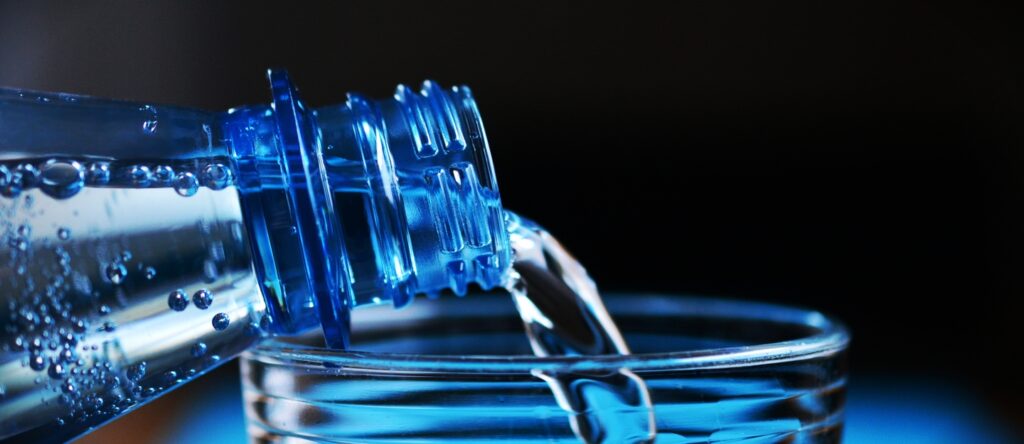
Digital outputs such as pulse, 4-20mA, M-Bus, or wireless IoT Hot Water Flow Mete Supplier 2025 are essential for remote reading and automation.
e. Material Construction
Bronze, brass, stainless steel, and polymer housings are common. Hot Water Flow Mete Supplier 2025 Choose a supplier that offers the right material for your application and environment.
Common Technologies Used in Hot Water Flow Meters
Suppliers often specialize in or offer multiple technologies. Hot Water Flow Mete Supplier 2025 Understanding the options helps you select a supplier that Hot Water Flow Mete Supplier 2025 aligns with your application:
1. Ultrasonic Flow Meters
- Non-invasive or inline
- High accuracy
- No moving parts (low maintenance) Hot Water Flow Mete Supplier 2025
- Ideal for retrofits
2. Electromagnetic Flow Meters (Mag Meters)
- Excellent for conductive liquids like Hot Water Flow Mete Supplier 2025 water
- No pressure drop
- High accuracy and reliability
3. Mechanical (Turbine or Woltmann) Meters
- Cost-effective
- Suitable for clean water
- Mechanical wear and tear over time
4. Vortex Flow Meters
- Suitable for high-temperature, high-pressure applications
- No moving parts
- Less accurate at low flows
Leading Global Hot Water Flow Meter Suppliers
Several trusted names dominate the market, offering wide portfolios and proven technology:
1. Siemens
- Offers both ultrasonic and electromagnetic flow meters.
- Known for precision, industrial-grade durability, and automation compatibility.
2. Grundfos
- Renowned for pumps but also provides smart metering solutions for heating systems.
- Integrated heat meters and IoT support.
3. Kamstrup
- Danish supplier specializing in ultrasonic smart meters for hot water and district heating.
- Offers remote reading, long-life batteries, and user-friendly interfaces.
4. Badger Meter
- Offers electromagnetic and mechanical solutions.
- Known for rugged performance in challenging environments.
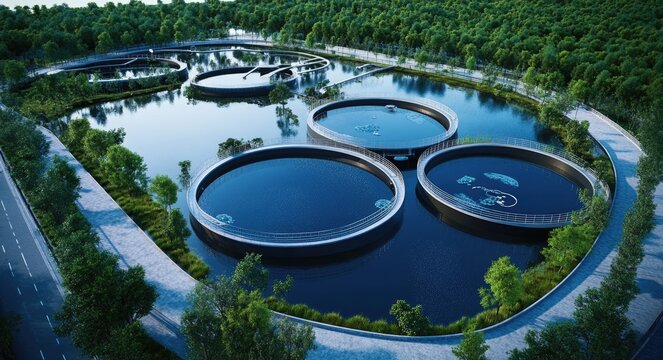
5. Honeywell
- Provides both domestic and commercial-grade flow meters.
- Integration with broader building automation systems.
How to Choose the Right Supplier: Step-by-Step
Step 1: Define Your Application
- Residential, commercial, or industrial?
- Pipe size, flow rate, temperature, and pressure?
- Is the meter for billing, monitoring, or control?
Step 2: Shortlist Suppliers
- Research providers with experience in your specific application.
- Check reviews, certifications, and case studies.
Step 3: Request Technical Proposals
- Ask for data sheets, calibration reports, and references.
- Compare output types, accuracy, installation requirements.
Step 4: Evaluate After-Sales Support
- Do they offer on-site training, remote support, or warranties?
- Availability of local distributors?
Step 5: Consider Total Cost of Ownership
- Not just initial price—include installation, maintenance, and lifespan.
- Digital meters may be more expensive upfront but reduce long-term costs.
Case Study: District Heating Project in Germany
In a district heating project in Munich, Germany, engineers installed Kamstrup ultrasonic hot water meters in over 3,000 residential units. The supplier was selected due to:
- Long battery life (up to 16 years)
- Wireless M-Bus communication
- Integrated temperature sensors
- Proven accuracy in sub-metering applications
The result was improved billing accuracy, reduced customer disputes, and efficient leak detection—proving the value of a specialized, experienced supplier.
Future Trends in Hot Water Metering
1. IoT and Smart Meters
More suppliers are integrating wireless communication, cloud dashboards, and predictive analytics. This helps detect anomalies and improve system efficiency.
2. Energy Billing Integration
Meters that measure thermal energy (kWh) in addition to water volume are becoming standard in shared heating systems.
3. Sustainability
Eco-friendly materials and low-power electronics reduce environmental impact and improve lifecycle sustainability.
4. Digital Twin Compatibility
Flow meters are being integrated into digital twin models for smarter building management and real-time system simulations.
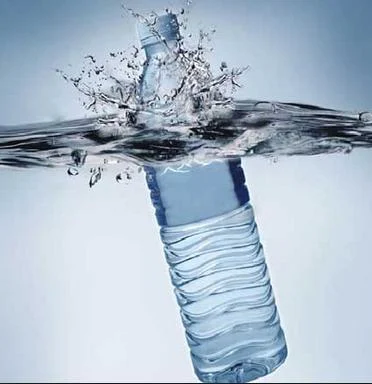
Conclusion
Choosing the right hot water flow meter supplier is a strategic decision that affects everything from system efficiency to cost savings and sustainability. A top-tier supplier brings more than just a meter—they offer reliability, innovation, compliance, and partnership.
Key takeaways:
- Prioritize accuracy, support, and certification
- Match the technology to your application
- Think long-term: maintenance, integration, and digital transformation matter
- Trust suppliers with a proven track record
By investing time in the selection process and working with a reputable supplier, organizations ensure accurate measurement, lower operating costs, and a future-ready infrastructure.
